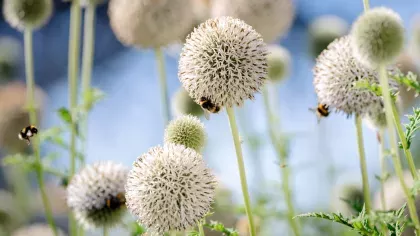22 July 2024
Planting for the future: How Kew is protecting its plants to 2090
Trees and woody shrubs at risk from climate change at Kew revealed in our new Landscape Succession Plan.

Since Kew Gardens was first established nearly two hundred years ago, trees have been a key part of the landscape.
Around 11,000 of them call the Gardens home, ranging from young saplings to Kew’s Old Lions, which have been growing in the grounds since the 18th Century.
Not only do they shape the landscape, but they are also vital players in the ecosystem, providing the oxygen we breathe, and keeping the air clean.
That is why here at Kew, our expert horticulturalists and scientists have been working to understand what the future might hold for our trees and have created Planting for the Future: Kew’s Landscape Succession Plan outlining how we are planning for this.
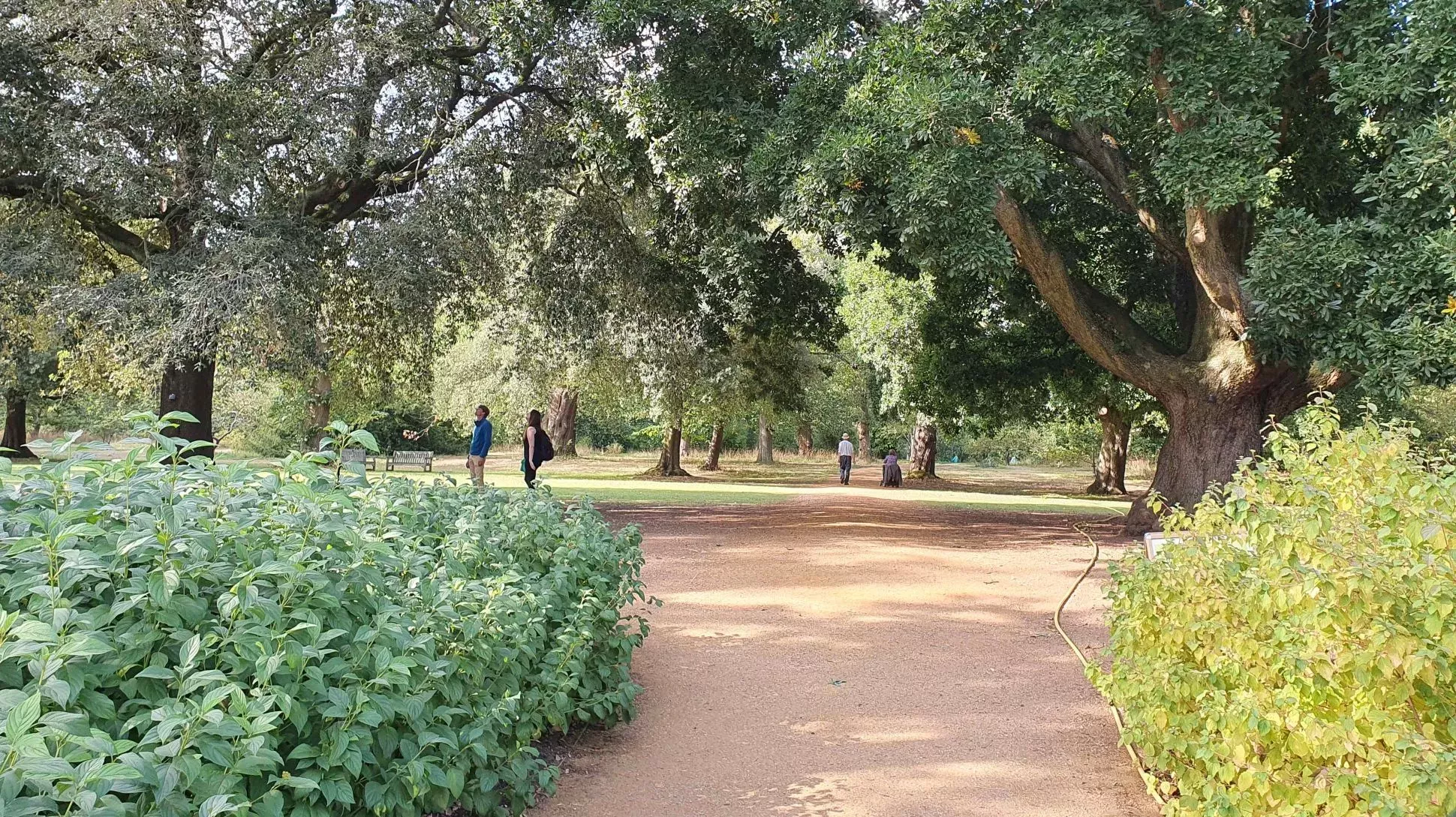
Planning and planting
The team at Kew have been monitoring changes to the climate to understand how it will affect our trees.
Using data gathered from across West London, including the Gardens’ own weather station, researchers have built climate models to predict Kew’s future climate. This has then been used alongside global tree data and information from Kew’s plant collections, to assess the resilience of Kew’s Living Collections.
All this data has revealed that 30%, but potentially over 50%, of Kew’s trees could be vulnerable by 2090.
The trees shown to be at risk include iconic British natives like English oak (Quercus robur), common beech (Fagus sylvatica), silver birch (Betula pendula) and holly (Ilex aquifolium).
These trees make up a crucial part of Kew’s landscape, as well as playing keystone roles in the biodiversity of the area.
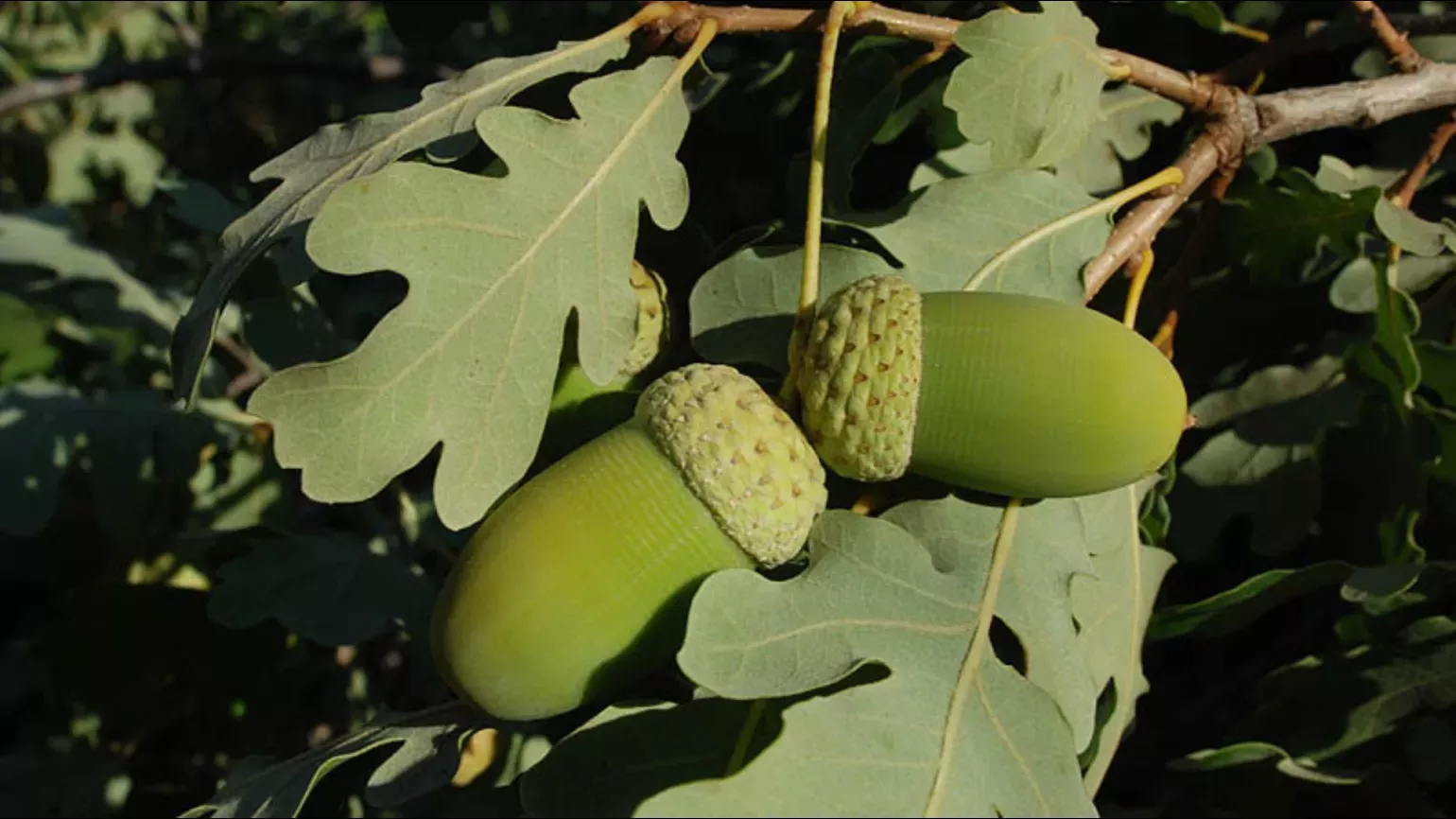
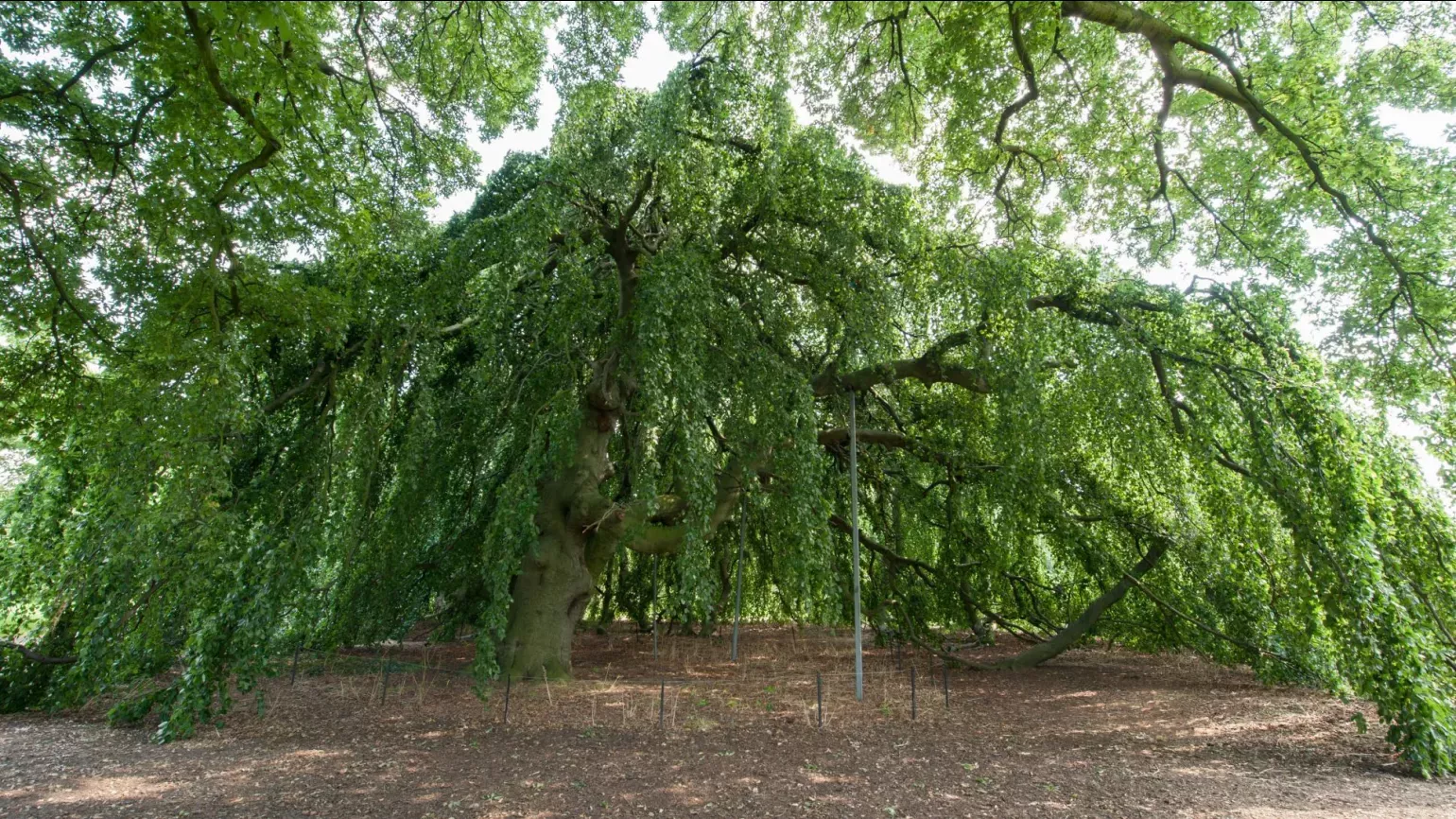

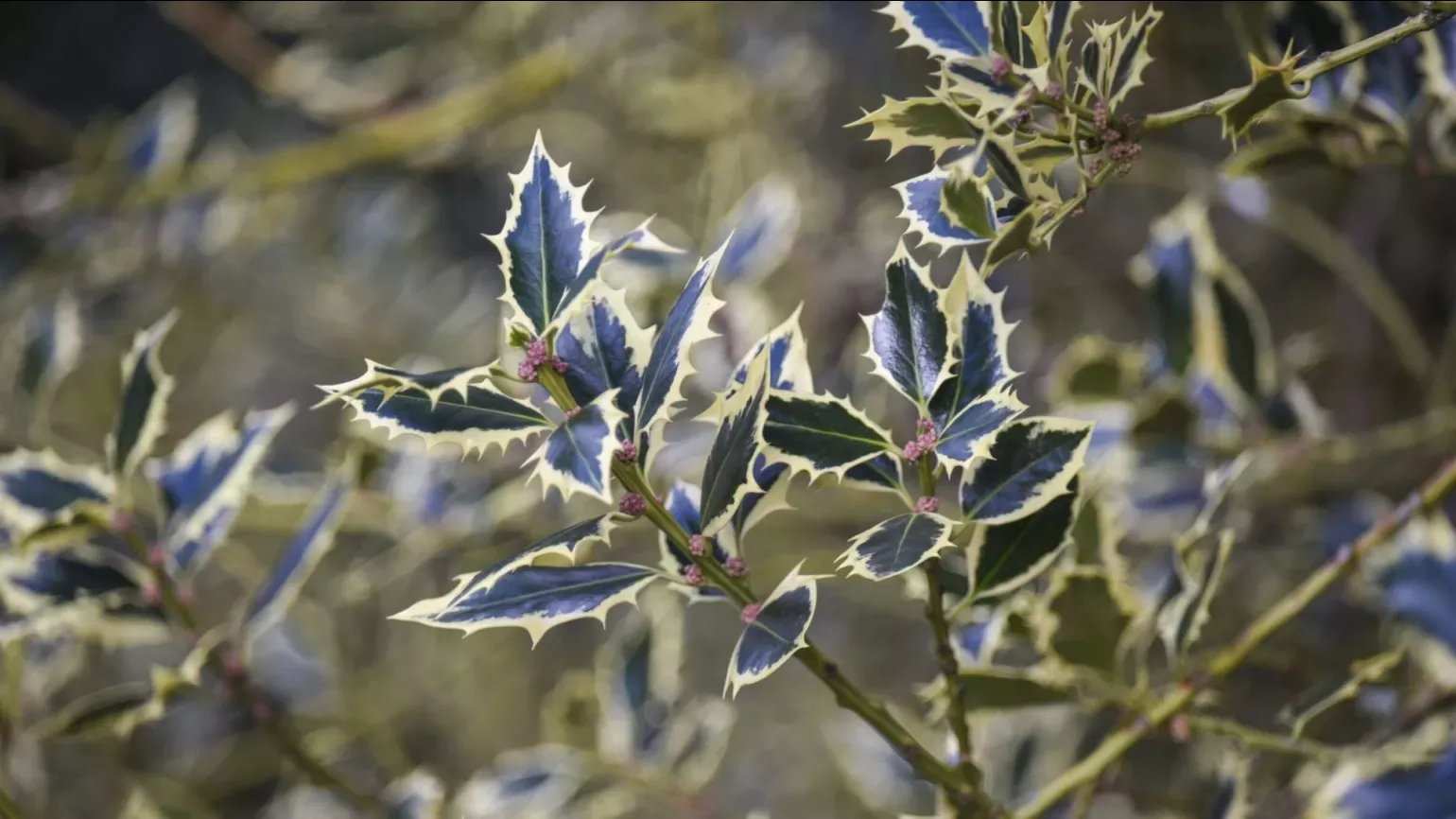
Protecting tomorrow’s landscape
Many of the plants in the landscape at Kew Gardens, especially trees planted decades ago, were done so under the assumption that the climate conditions would remain largely the same in the future.
But with a recent study revealing that by 2050, the climate in London is expected to be similar to present day Barcelona, it’s clear we need to start thinking about planting for a changing climate.
So, what can we do? How do we take action now to ensure that the trees of Kew Gardens and beyond are resilient enough to survive into the future?
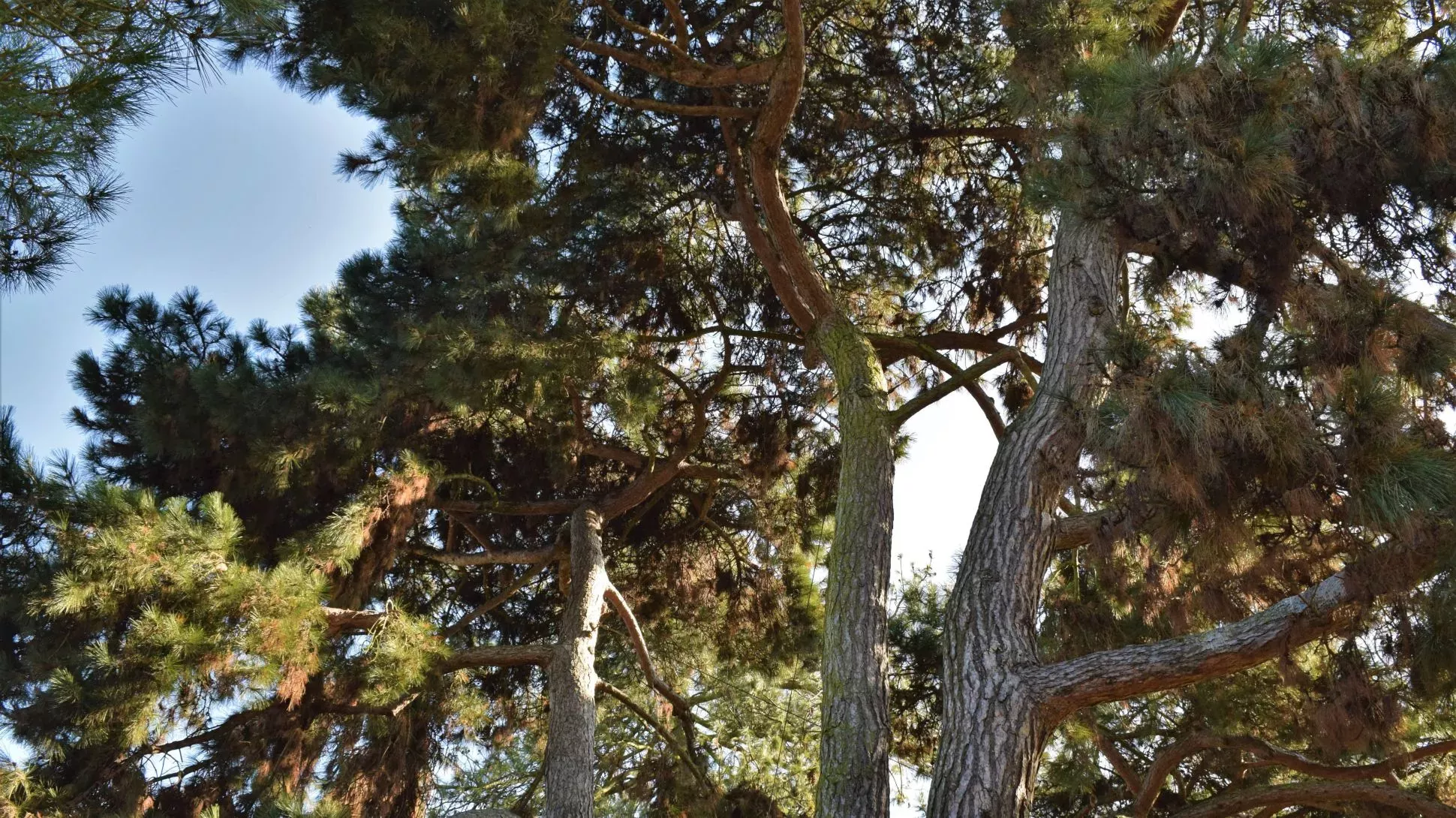
One of the key moves that botanic gardens like Kew can make is to plant resilient species when our existing trees struggle to survive.
The report highlights species like cherry hackberry (Celtis cerasifera), native to China, Montezuma's pine (Pinus montezumae), native to Central America, and spoon oak (Quercus urbani), native to Mexico that should withstand projected climate conditions.
Trees like these could soon become a more common sight across Kew, as well as Southeast England and urban areas nationally, which may experience similar conditions to Kew as the climate shifts.
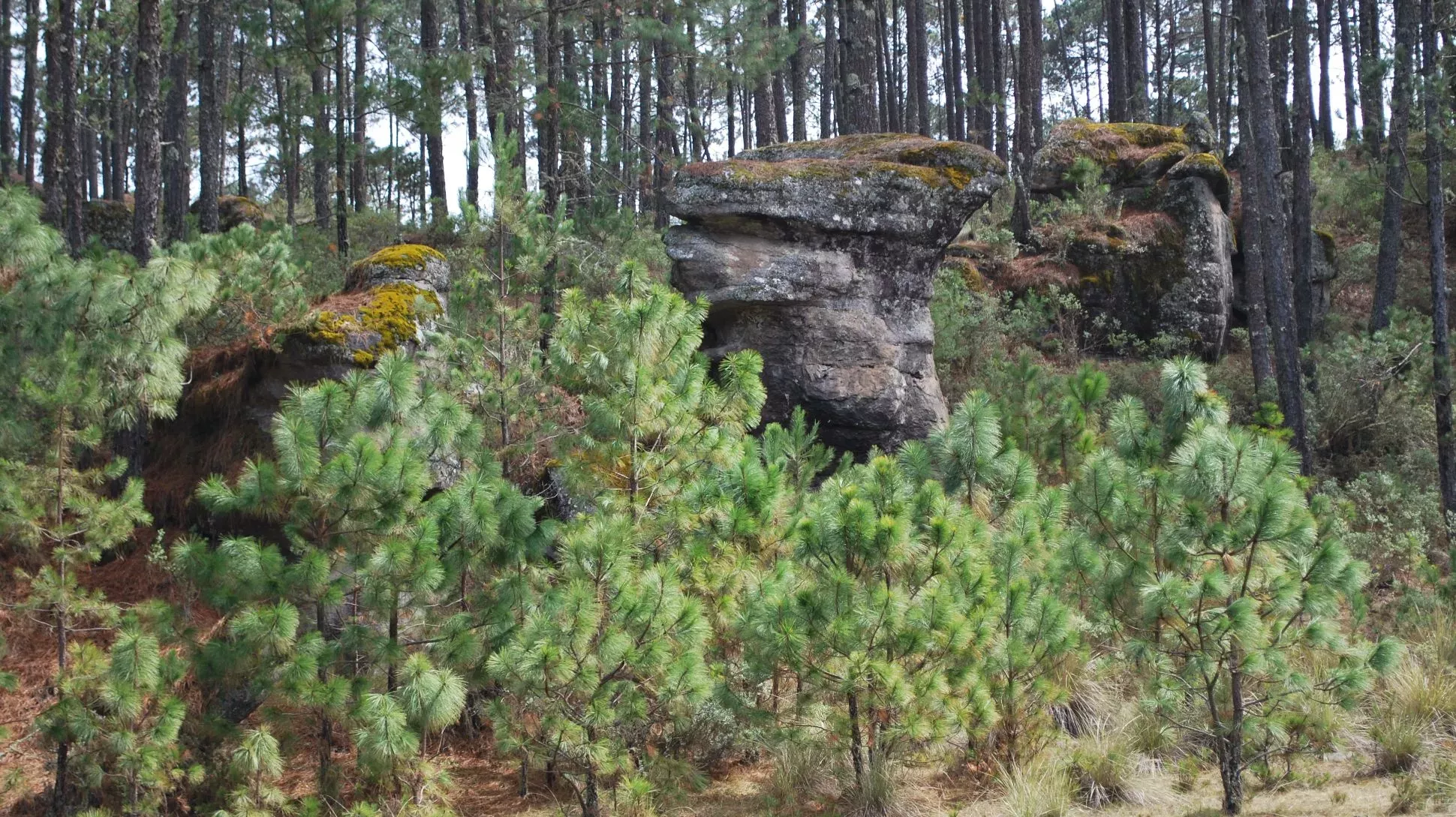
Stronger through diversity
But just because we’re bringing in brand new species doesn’t mean we’re giving up completely on our native ones.
Within every species, there are differing amounts of genetic diversity depending on the environments they are found in.
For example, the common oak is found not only in Britain, but across Europe, reaching as far as the Eurasian steppe in West Russia and Kazakhstan. These oaks have a natural resilience to the stresses of hotter conditions and drought, so have a higher chance of surviving the predict climates of the future.
By combining models of the climate with species mapping, researchers have found prime locations to source more resilient plant material for future climates, including the Hyrcanian forest of Iran and Azerbaijan, parts of the South Western USA and Northern Mexico and the Mediterranean.
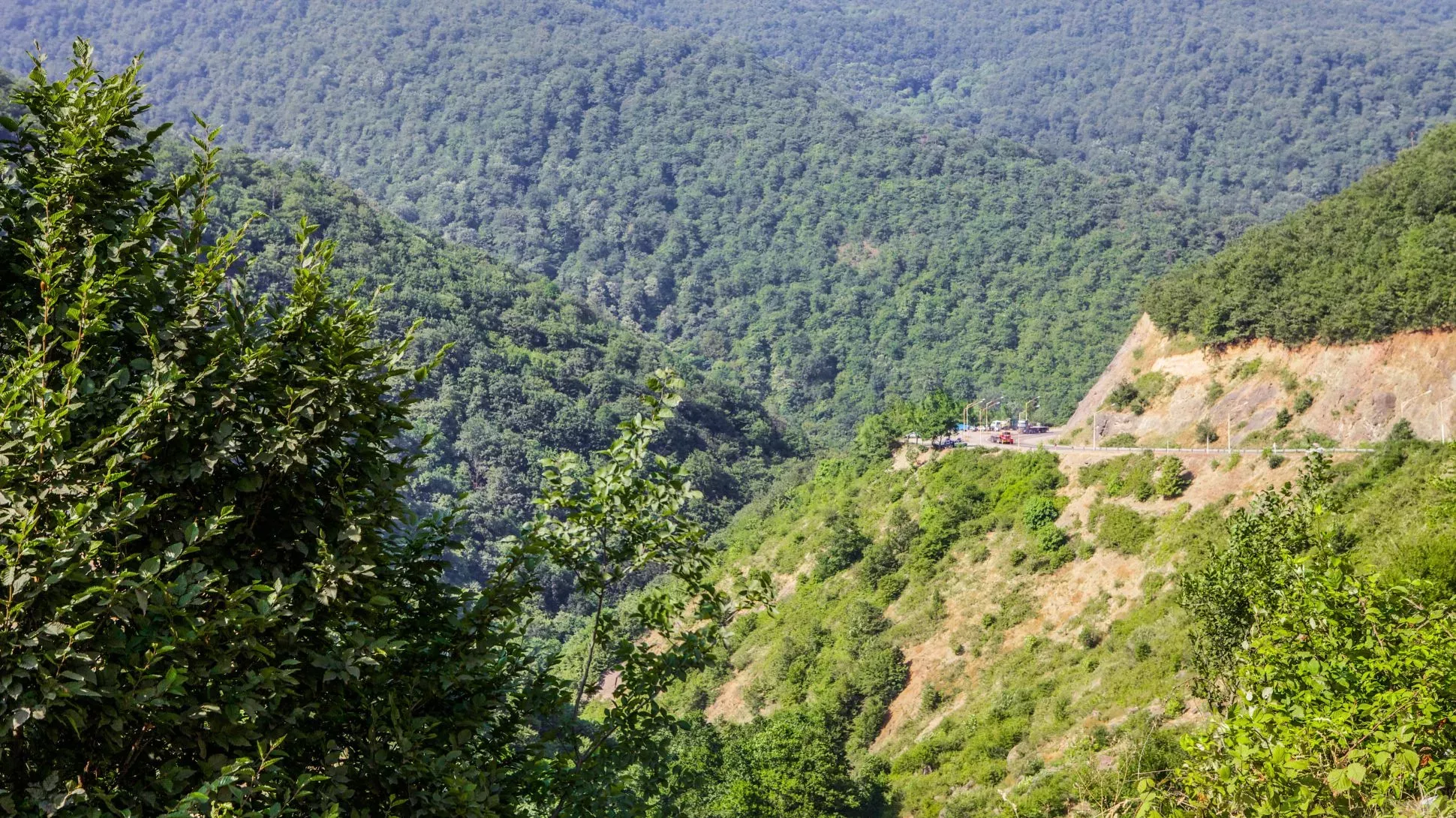
Thanks to this information, we’re beginning to team up with gardens and research partners across the world to collect seeds that can then be propagated in our Arboretum Nursery.
In fact, we’ve already got started. Beech trees, grown from seeds collected from Romania in 2023, are currently thriving in the Arboretum nursery, this first in hopefully many new additions to our resilient landscape.
This information sharing could impact more than just botanical gardens; any outdoor spaces, from countryside to city, will benefit from knowing how they can plan for their trees in a changing climate.
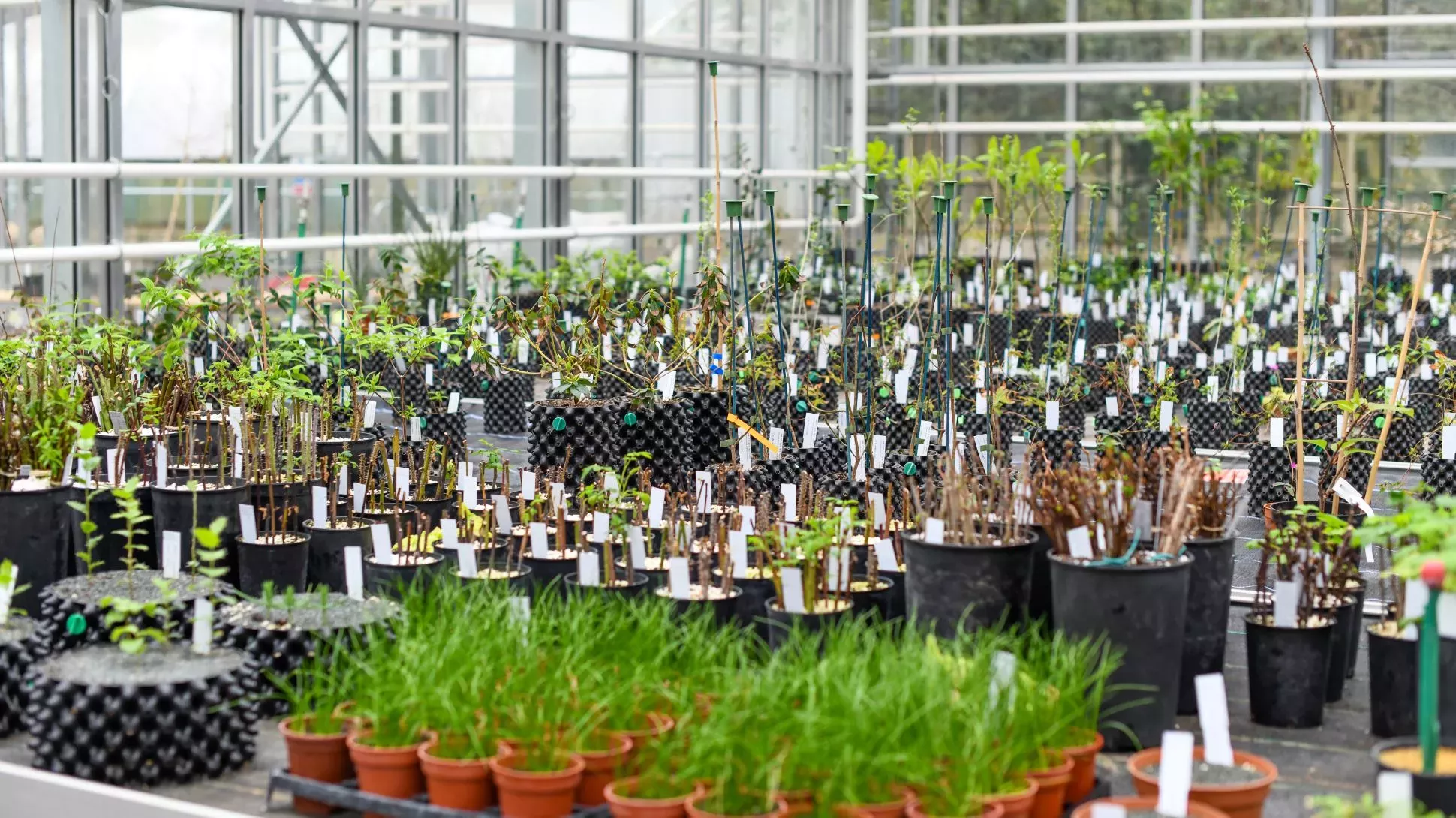
Planting for the future
Kew’s Landscape Succession Plan acts a blueprint for urban spaces, botanic, public and private gardens all over the country, and highlights just how important sharing knowledge and resources across botanical institutions can be.
By sharing our expertise and local information about which plants thrive, and which fail, we can work together to protect plant diversity and reduce the impacts of climate change on these vital resources.
As Richard Barley, Director of Gardens at Kew says:
This is not just about Kew Gardens, it is a broad call to diversify the plants we select for our landscapes.

